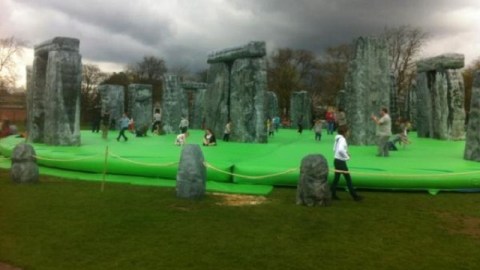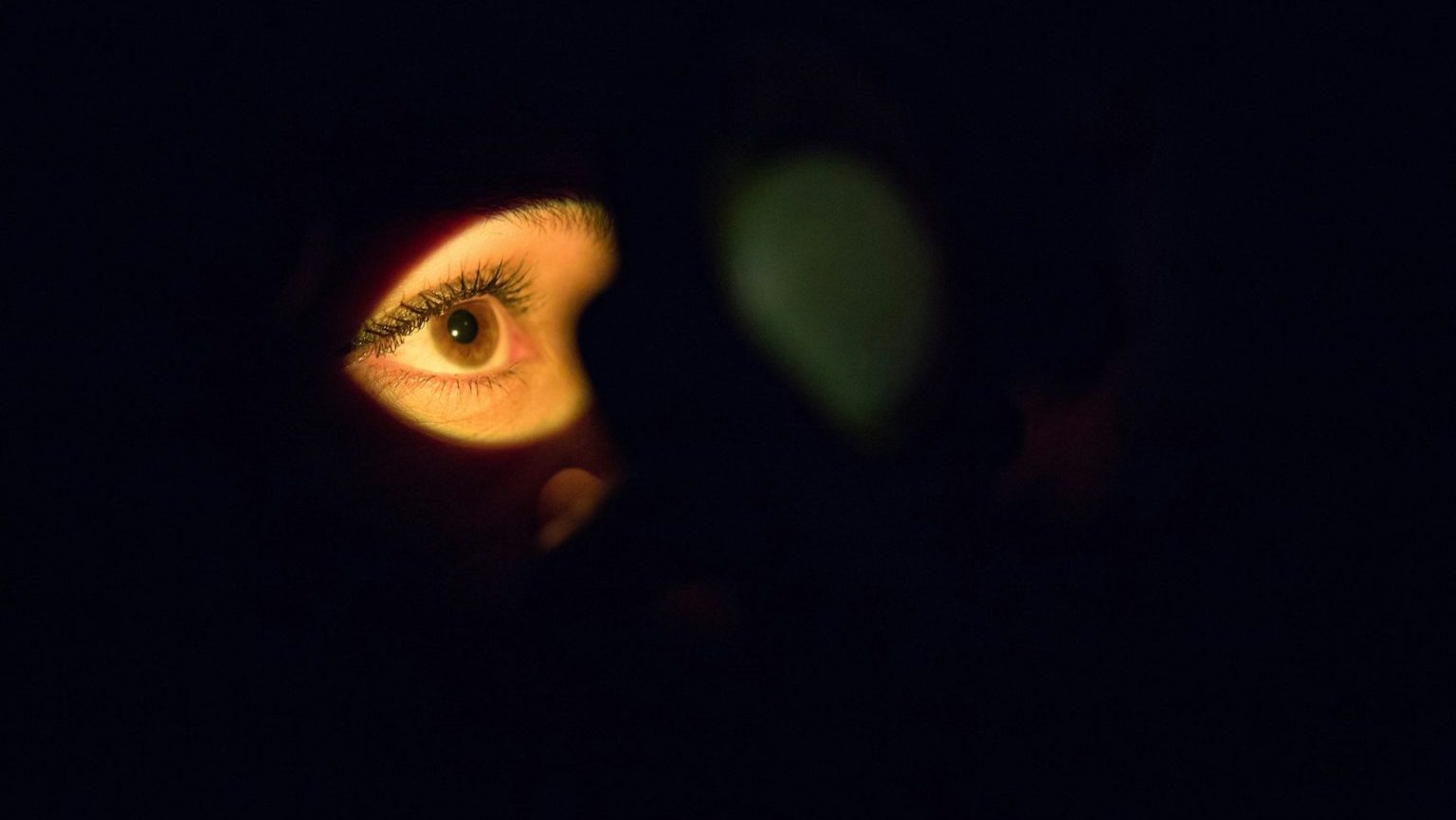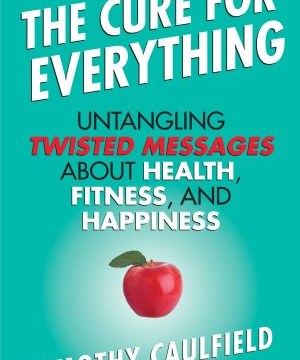Why the Olympics Is About Sports and Art

For everyone who loves their art and their sports, the upcoming 2012 Summer Olympics in London, England, and the accompanying London 2012 Cultural Olympiad seem a match made in heaven. Alas, for Jonathan Jones of The Guardian, it’s a match made in hell. In a blog post titled, “The Olympics is about sport not art, so culture needs to drop out of the race,” Jones asks, “Why? What’s all it for? And how does it connect in any interesting way with the Olympics, or use that sporting even to further art?” Believing that “When the best the Cultural Olympiad has to offer is bouncy castles and BMWs, you know it’s time for art to take a back seat,” Jones dismisses the entire enterprise. But, at least from my seat across the Atlantic, I think there’s some value in the marriage of sports and the arts and that Jones isn’t playing fair in his judgment of his home country’s attempt to play host to the world.
Jones calls many of the featured works of the Cultural Olympiad “cheap and cheerful,” as if “expensive and dreary” were the best way to win the public’s eye. Exhibit A in his case against the festival is Jeremy Deller’s reimagining of Stonehenge as a giant bounce house called Sacrilege (shown above). Children of all ages frustrated that the real thing seems as distant as the Neolithic age itself can frolic in Deller’s playground by bouncing on the green “grass” surface or throwing themselves against the massive inflatable “stones.” “A bouncy castle can’t cost that much,” Jones moans. “It’s hard to see how the festival is raising anyone’s game here. Where’s the ambition?” Jones dismisses Deller, the 2004 Turner Prize winner, too quickly. Deller knows the joke he’s playing, or else why call it Sacrilege? It seems that Jones either doesn’t get the joke or refuses to acknowledge it.
There’s plenty of room for cultural ambition in England in the run-up to the Summer Games. The Lucian Freud Portraits exhibition at the National Portrait Gallery in London was planned and timed years ago to coincide with the Games. Similarly, David Hockney: A Bigger Picture at the Royal Academy, although that show ended in April, showed off Britain’s cultural chops. Even the mammoth (and overblown) Damien Hirst retrospective at the Tate Modern should be considered part of the showcase of all things British that will be the 2012 Summer Olympics. I know that the official links between these exhibitions and the games themselves are stronger in some cases than others, but I think that, combined with contemporary artists such as Deller rather than separated from them, these big name shows give a truer picture of the quality of the cultural “games” being played.
Culture and the Olympics haven’t always been the best of partners. The 1936 Berlin Summer Olympics allowed Nazi Germany to broadcast their twisted racist brand of “culture” around the world (at least until Jesse Owens stole the show). Leni Riefenstahl’s Olympia turned those games into a beautiful ballet of stunning camera shots of bodies in motion, unfortunately against the backdrop of propaganda designed to make Hitler look not just human, but humane. But if you go back to the days of the ancient games, the marriage of sports and arts was not just of convenience, but of equals. Sculptors, poets, and even playwrights would compete in the same spirit as runners and wrestlers. Aeschylus, Euripides, and Sophocles all competed and won prizes at an Olympics-like competition called the “Dionysia.”
When Baron Pierre de Coubertin dreamed of reviving the ancient games for modern times in 1894, he wanted to copy the ancient games in every aspect, including the integration of the arts. Art competitions played a part of the Olympics from 1912 through 1952, when the artists were deemed too “professional” for the Olympics’ amateur ideal. Before the move to “cultural programs” (a tradition the London Cultural Olympiad continues), competitors received medals for architecture, literature, music, painting, and sculpture. Two Olympians actually won medals in the sport and art competitions (Walter Winans in shooting and sculpture and Alfréd Hajós in swimming and architecture, but neither did it in the same year). It’s hard to imagine such a double threat Olympian today, but, even if one existed, they would never have the opportunity to prove themselves in the same way.
Jones’ desire to separate art and sport rankles me even more because of the way that the two worlds exist in opposition in American schools now. Schools facing budget shortfalls immediately take an axe to funding for the arts because doing the same to sports programs would be sacrilege (unless, of course, you’re talking about women’s sports programs). Maybe if the arts were put on the same level as sports on the Olympic stage, these reflexive cuts would be reconsidered. Jones’ final whack at the piñata he makes of the London Cultural Olympiad takes the form of his umbrage over a display of BMW cars painted by Jeff Koons, Andy Warhol, and other name artists, which represents for Jones how far the arts have sold out. From my seat in front of the television set, the Summer Games will look more like a competition between Nike and Adidas than between the countries represented. When I say that the sport Olympics and the arts should get together, I’m hoping that the arts save sports, not the other way around.





